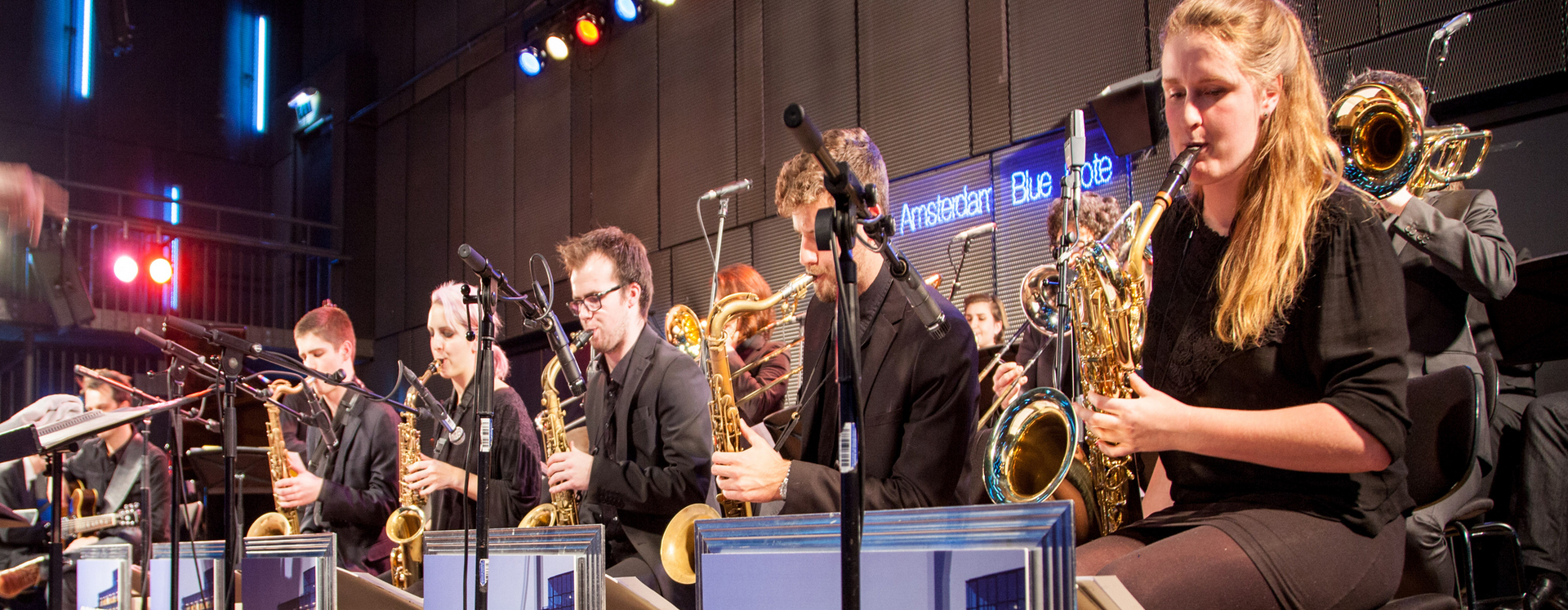Advanced Rhythm-Improvisation
Please note: this is the course that up to the 2019-2020 academic year has been offered as 'Contemporary improvisation through non-western techniques'
The expansion of rhythmical possibilities has been one of the cornerstones of improvised music from 1960s until now. Most improvisers nowadays face music influenced by, among others, Dave Holland, Weather Report, Steve Coleman, Aka Moon, Vijay Iyer, Miles Okazaki, Steve Lehman, Avisai Cohen, or elements from the Balkans, India, Africa or Cuba.
Today’s jazz, or recreation of standards following the rhythmical developments of the last few decades, demand a new approach to rhythmical training, a training that will provide musicians with the necessary tools to face with accuracy more varied and complex rhythmical concepts, while keeping the emotional content. The programme ‘Advanced Rhythm’ addresses ways in which the Karnatic rhythmical system can enhance, improve or even radically change the creation (be it written or improvised) and interpretation of rhythmically intricate jazz music.
The incredible wealth of rhythmical techniques, devices and concepts, the different types of Tala construction, the use of rhythm as a structural and developmental element and, last but not least, the use of mathematics to sometimes very sophisticated levels in South India, enable the western musician to improve and enhance their accuracy and/or their creative process and make the study of Karnatic rhythm a fascinating adventure of far-reaching consequences.
Therefore, this 4-year programme is directed at improvisers who want to attain a broader view of rhythmical and structural fields. The rhythmical concepts of polyrhythm, polypulse and irregular groupings used in South India provide a very flexible method with which the student can experiment without trying to copy Karnatic music. All the topics are re-structured to enable the student to work only with the concepts and techniques. Each year the student decides whether to continue onto the following year or not.
Improvisers tend to be performers and creators simultaneously. Therefore, the emphasis of the course lies on a combination of rhythmical techniques to improve their accuracy, along with creative concepts that can be used to compose pieces or improvise solos.
During the last two months of the year students will organize a group, or participate in one (trio - quintet), with which will they prepare a guided improvisation that will be performed at the end-of-year concert.
Cursusgegevens
| docenten | Jos Zwaanenburg, Rafael Reina, David de Marez Oyens, Jonas Bisquert, Kristina Fuchs |
| periode | heel jaar, 2 lesuren |
| groepsgrootte | 6-8 |
| eis | om toegelaten te kunnen worden, moeten studenten de cursus <link>Introduction to Advanced Rhythm hebben afgesloten, of deze cursus volgen in de eerste periode (september-december) gelijktijdig met Advanced Rhythm |
| toetsing | aanwezigheid, werkhouding (ook t.a.v. huiswerk) en prestaties tijdens de les, een theorie-examen en een afsluitend concert |
| studiepunten | 10 studiepunten per jaar. NB: In verband met deze studielast zijn de studiepunten naast ensemble deels onder te brengen in de vrije ruimte en/of mastervakken (max. 5 punten). |
| code | 4ARIM1 |
